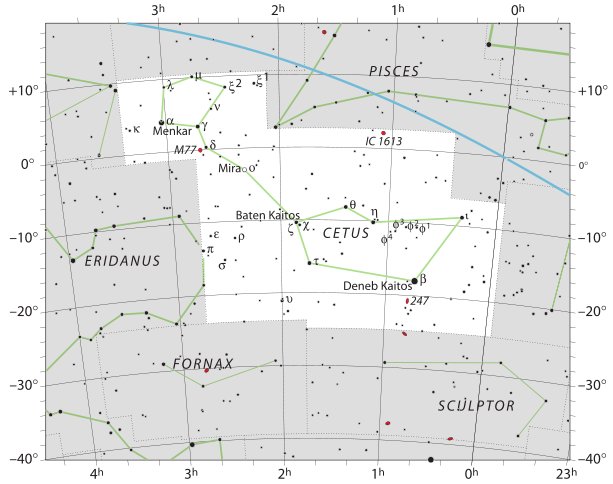Let's continue to follow the events:
A magnificent manu rere double-talks to us in Ca2-7. Its front wing is markedly drawn down - a Sign of not allowing any light in - but the front part of its tail is open for incoming light. It could be objected that manu rere is the source of life / light and 'not allowing any light in' therefore is a faulty expression of mine. However, I think the basic rongorongo sign for where Sun light is located depends on the face of Moon as regarded from a point south of the equator. When it is a waxing crescent it looks like C. The reversed C form in the front wing of manu rere in Ca2-7 should therefore indicate the opposite of waxing - increasing darkness lies in front. I guess it means the 'bird' part (what is right above us) is darkening. On Easter Island April is like 'October', and in this month Sun (personified as Antares) has left in order to visit his other wife Whaka-onge-kai who lives in the far north. The tail of a manu rere type of glyph could be a fish tail. ... The generally accepted version of the Rehua myth, according to Best, is that Rehua had two wives, the stars on either side of Antares. One was Ruhi-te-rangi or Pekehawani, the personification of summer languor (ruhi), the other Whaka-onge-kai, She-who-makes-food-scarce before the new crops can be harvested. If I am right it means we must be careful to distinguish between what is described in the texts regarding the realm of the stars on one hand and what happens down on earth (in the sphere of living beings) on the other. It is fairly certain that what is far below the midline in Ca1-25 contra what is high above in Ca2-1 has south at the bottom and north at the top. But for most parts of Polynesia Whaka-onge-kai (the winter maid) must live far out in the vast sea in the north, and in Ca2-7 the fishy region (winter) is below the midline in the glyph while in summer the birds have returned and are flying above. Space has north at the top and south at the bottom, while time must have its high part in summer and bottom in winter. In the center of interest is a beautiful tara glyph where Metoro said e tara tua:
E tara tua ought to mean the point at the back side of the year, i.e. an important 'corner' date in autumn. Counting from April 24 half a year forward leads us to day 114 + 182 = 296 (or maybe we should add 181 and reach 295 = 10 * 29½). Day 295 in the Gregorian calendar is October 22. This date can be written as 10-22, in which case it can form a number play, pointing at Moon. 1022 = 14 * 73 (to be compared with the measure 365 = 5 * 73 for Sun). The missing hands of tagata in Ca2-9 should presumably be contrasted with the missing bottom parts in Ca1-1--2 and Ca1-8:
For an observer of Easter Island darkness descends in April and there are 'no hands', nor more any sky supporters. If the pattern 3 + 1 means tagata in Ca2-9 represents the 4th unlucky quarter, then the 3 previous could represent the opposite. The missing bottom parts perhaps will make them into harmless 'figures of speech', e.g. no true hoea (tattooing instrument). Tagata figures probably mean 'fully grown' and Ca2-9 stands 35 days = 5 (rima) weeks from equinox. And 115 + 365 = 480 (= 20 * 24). The relevant star at tara tua in Ca2-8 is probably Mira at the neck of Cetus, the star which the V of Pisces is pointing at and not far from where Cetus will cross the sky equator. ... Although an old constellation, Cetus is by no means of special interest, except as possessing the south pole of the Milky Way and the Wonderful Star, the variable Mira [ο]; and from the fact that it is a condensation point of nebulae directly across the sphere from Virgo, also noted in this respect.
| |||||||||||||||||||||||||||||||||||||||||||||||||||||||||||||||||||||||||||||||||||||||||||||||||||||










